Best Conditions for Blacktop Resurfacing
Blacktop resurfacings are most effectively performed during specific weather conditions to ensure optimal adhesion and durability. The ideal time is during warm, dry months when temperatures are consistently above 50°F (10°C) and there is minimal chance of rain. Proper weather conditions help the asphalt cure properly, preventing issues such as cracking or surface failure.
Blacktop resurfacing should be done when temperatures are consistently above 50°F to ensure proper compaction and adhesion.
Dry weather with low humidity minimizes moisture interference, which is crucial for a durable resurfacing.
Late spring through early fall typically provides the best conditions for blacktop projects.
Avoid resurfacing during extreme cold, heatwaves, or rainy periods to prevent surface defects.

High temperatures and dry conditions promote optimal asphalt curing.
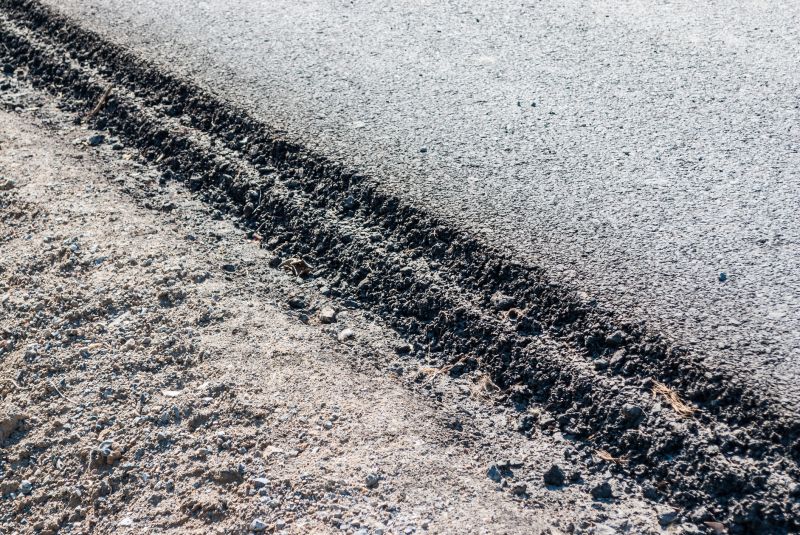
Moderate temperatures and increasing daylight make spring suitable for resurfacing projects.
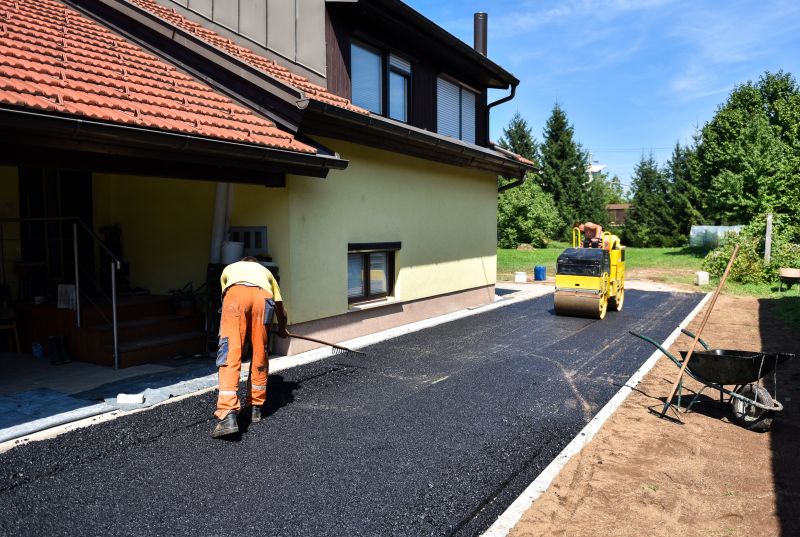
Early fall offers suitable weather before colder temperatures set in.
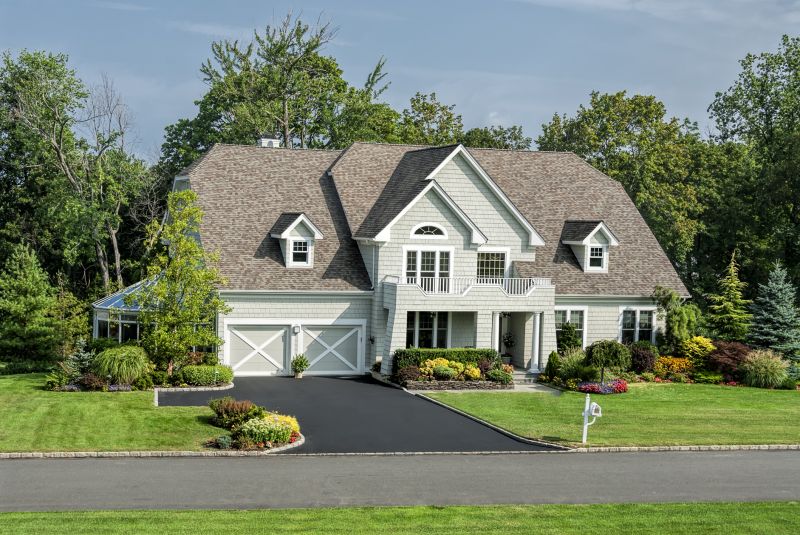
Ways to make Blacktop Resurfacings work in tight or awkward layouts.
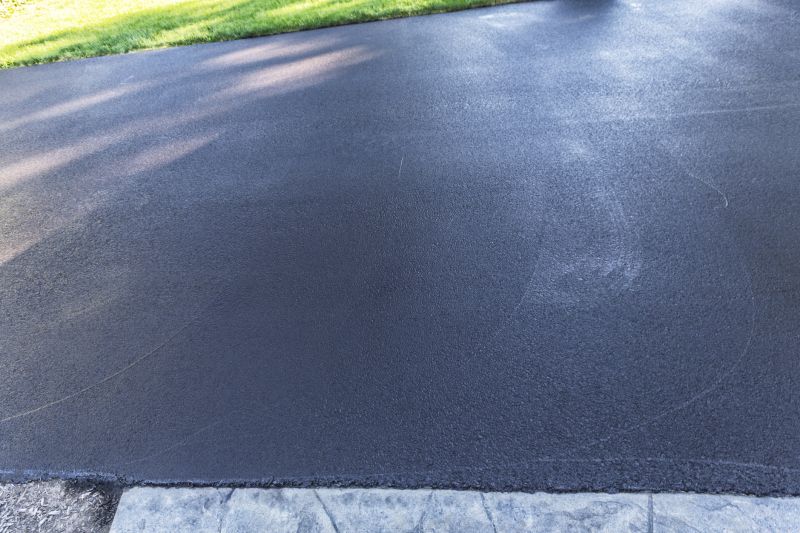
Popular materials for Blacktop Resurfacings and why they hold up over time.
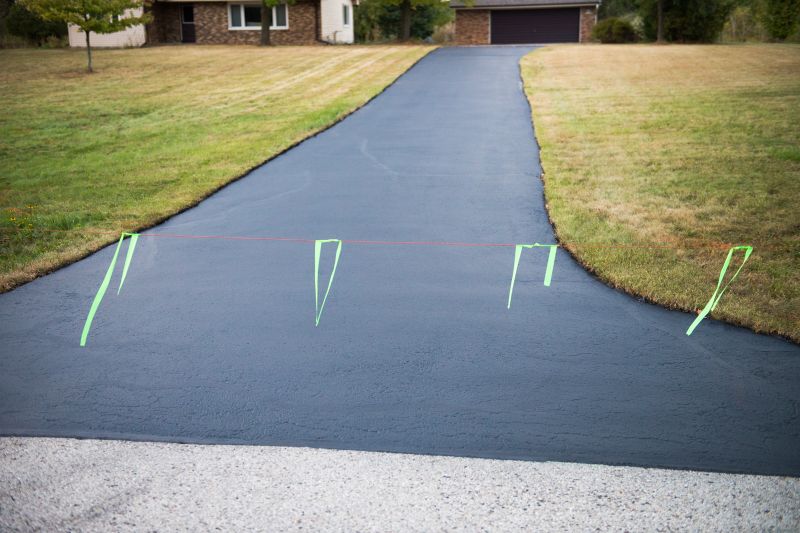
Simple add-ons that improve Blacktop Resurfacings without blowing the budget.
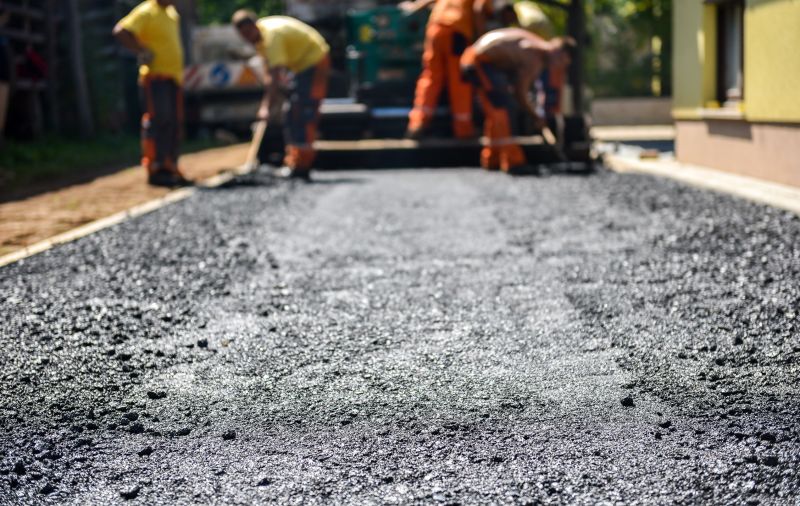
High-end options that actually feel worth it for Blacktop Resurfacings.
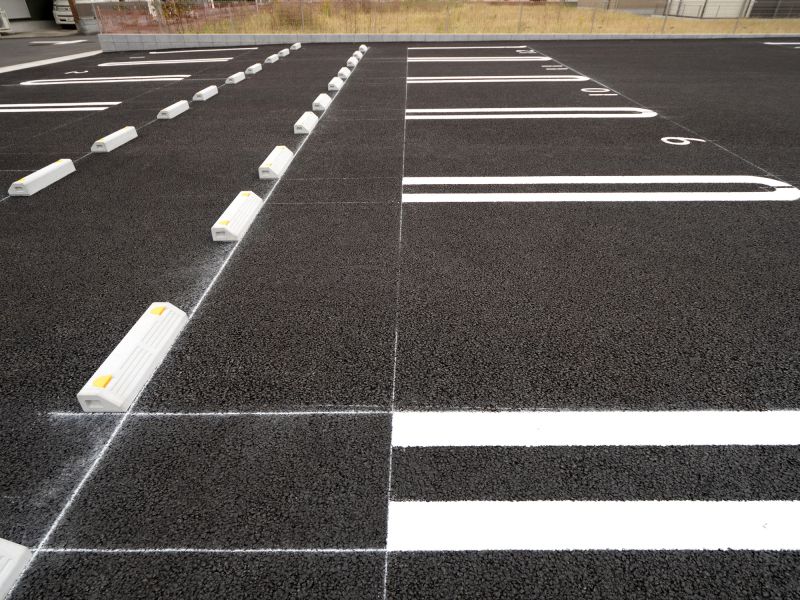
Finishes and colors that play nicely with Blacktop Resurfacings.
Blacktop resurfacings involve applying a new layer of asphalt over existing pavement to restore surface integrity and appearance. This process helps extend the lifespan of the pavement, improve safety, and enhance curb appeal. Proper timing ensures the materials bond effectively and resist premature deterioration.
Statistics indicate that asphalt surfaces can last between 15 to 20 years with regular maintenance and proper scheduling. Resurfacing at the right time can significantly reduce long-term repair costs and improve the longevity of the pavement structure.
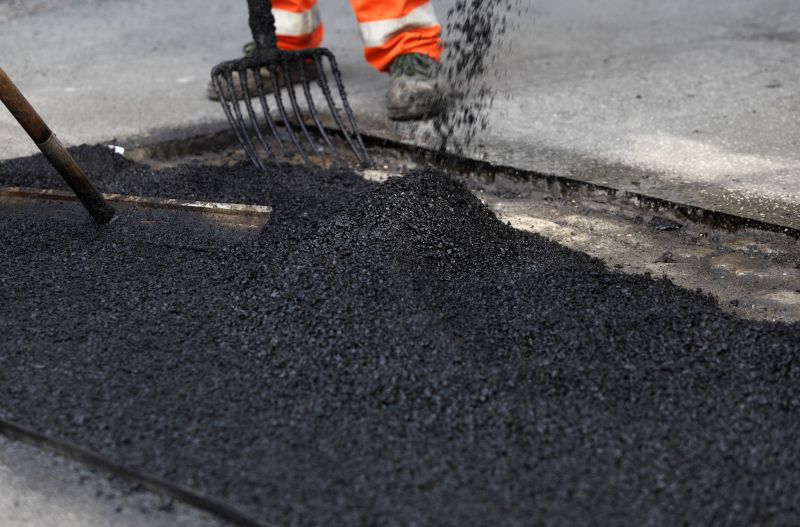
Preparation, layering, and compaction are key steps for durable resurfacing.

A smooth, even surface that enhances safety and aesthetics.

Modern machinery ensures precise application and quality results.

Visual comparison shows significant surface restoration.
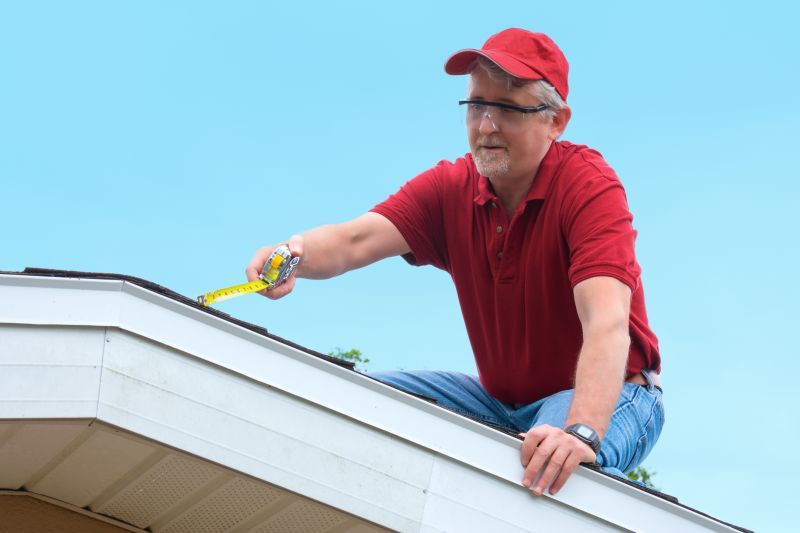
Little measurements that prevent headaches on Blacktop Resurfacings day.

A 60-second routine that keeps Blacktop Resurfacings looking new.
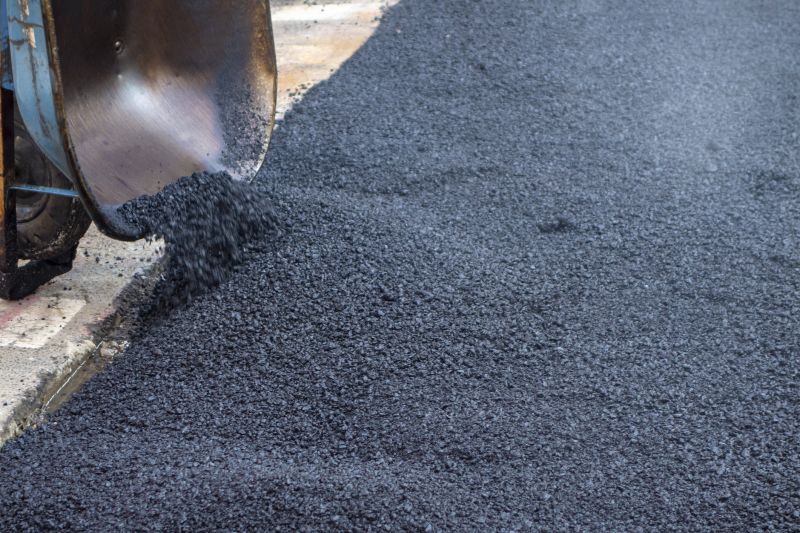
A frequent mistake in Blacktop Resurfacings and how to dodge it.
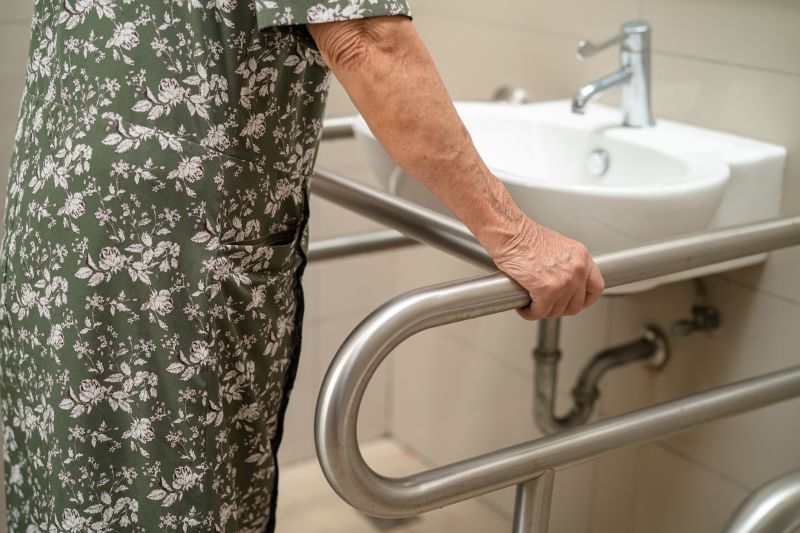
Small tweaks to make Blacktop Resurfacings safer and easier to use.
| Aspect | Details |
|---|---|
| Temperature Range | Above 50°F (10°C) for optimal results |
| Weather Conditions | Dry and low humidity |
| Seasonal Timing | Late spring to early fall |
| Avoid | Cold weather, rain, extreme heat |
| Preparation Time | Allows for proper surface cleaning and repairs |
| Curing Time | Depends on temperature but generally 24-48 hours |
| Longevity | 15-20 years with proper maintenance |
Choosing the right time for blacktop resurfacings can impact the durability and appearance of the pavement. Scheduling during favorable weather ensures the asphalt bonds properly and resists early deterioration. Proper timing, combined with quality materials and installation practices, extends the lifespan of the resurfaced area.
Interested parties should consider local climate patterns and consult with professionals to determine the most suitable timing for their specific project. Proper scheduling maximizes investment and ensures long-term pavement performance.



